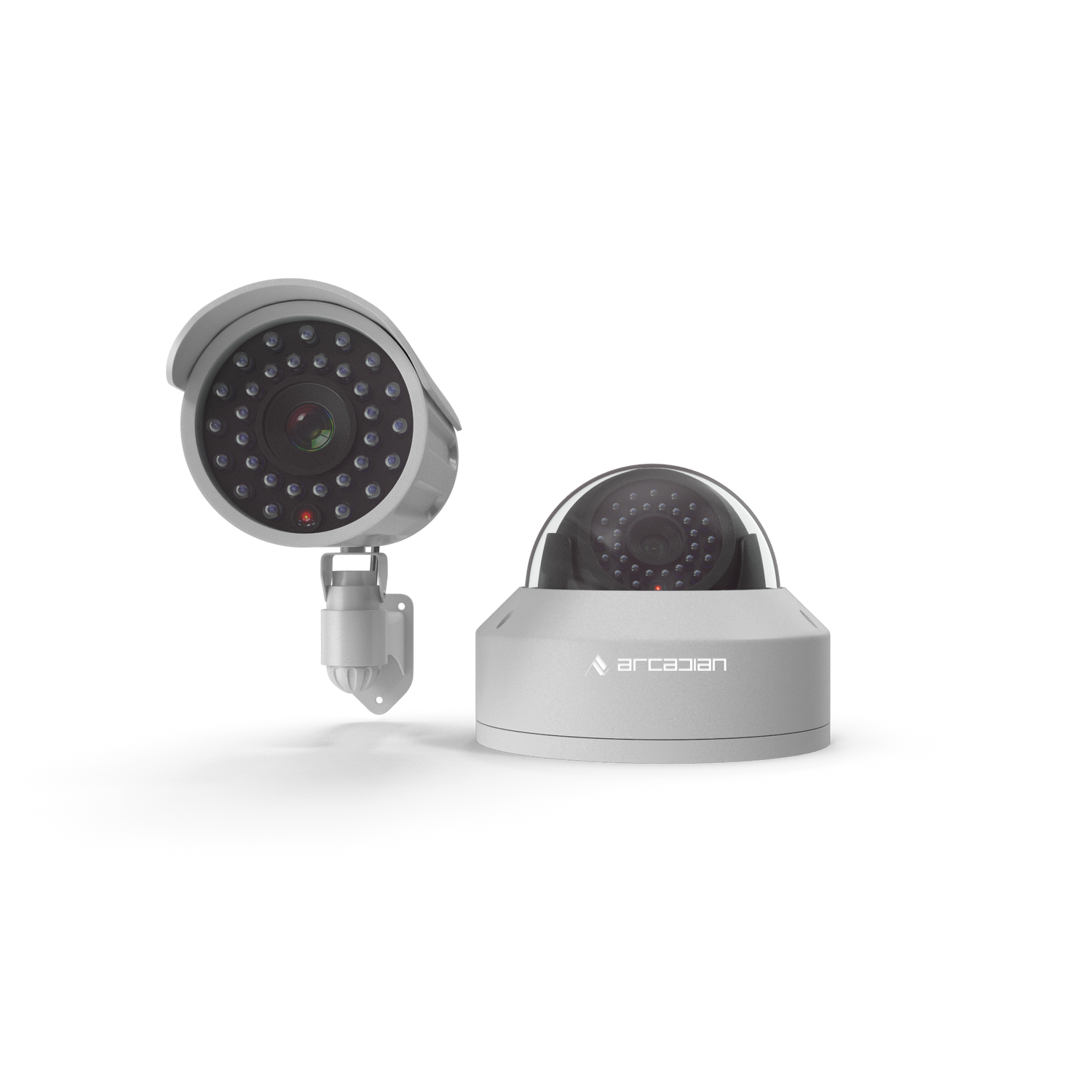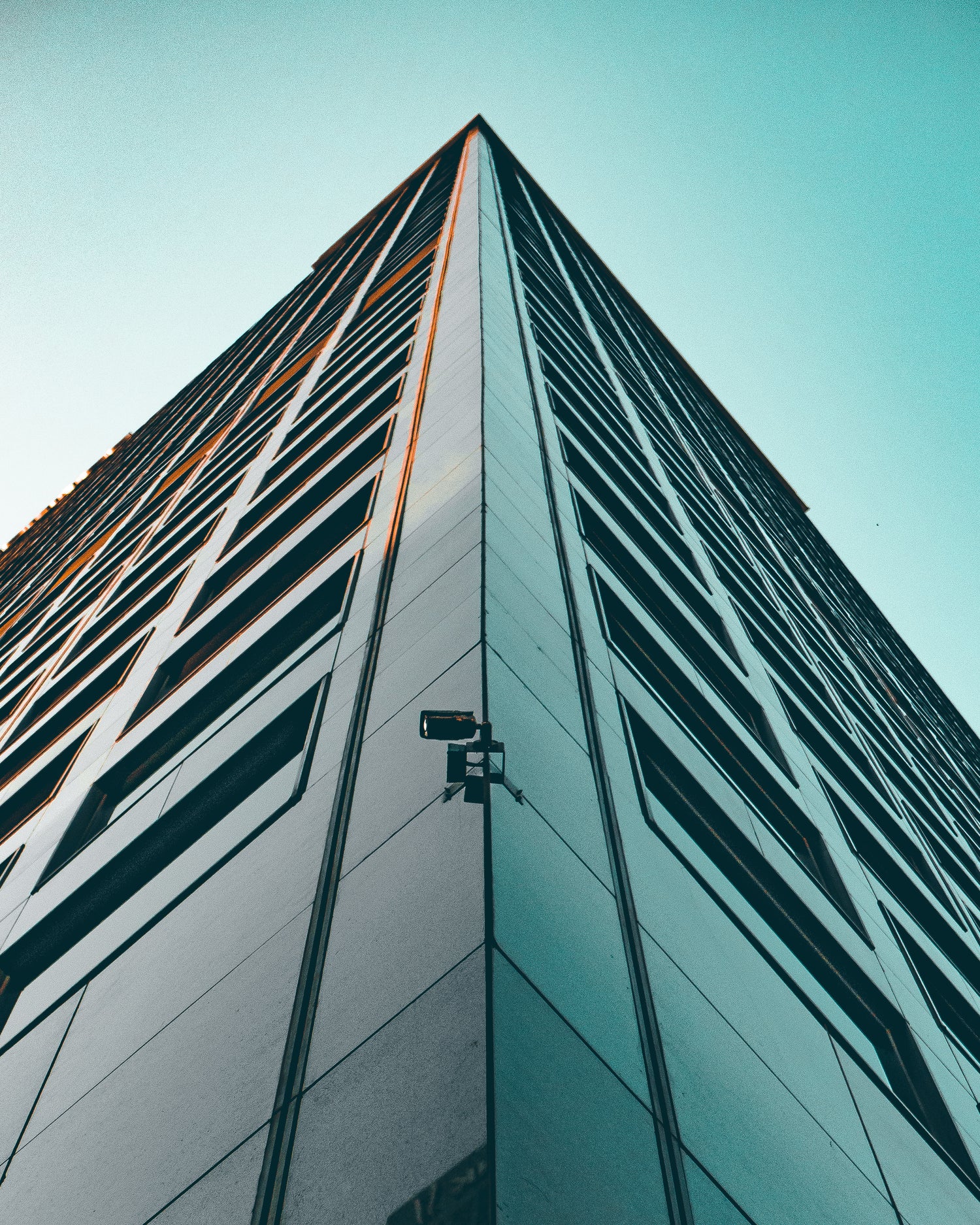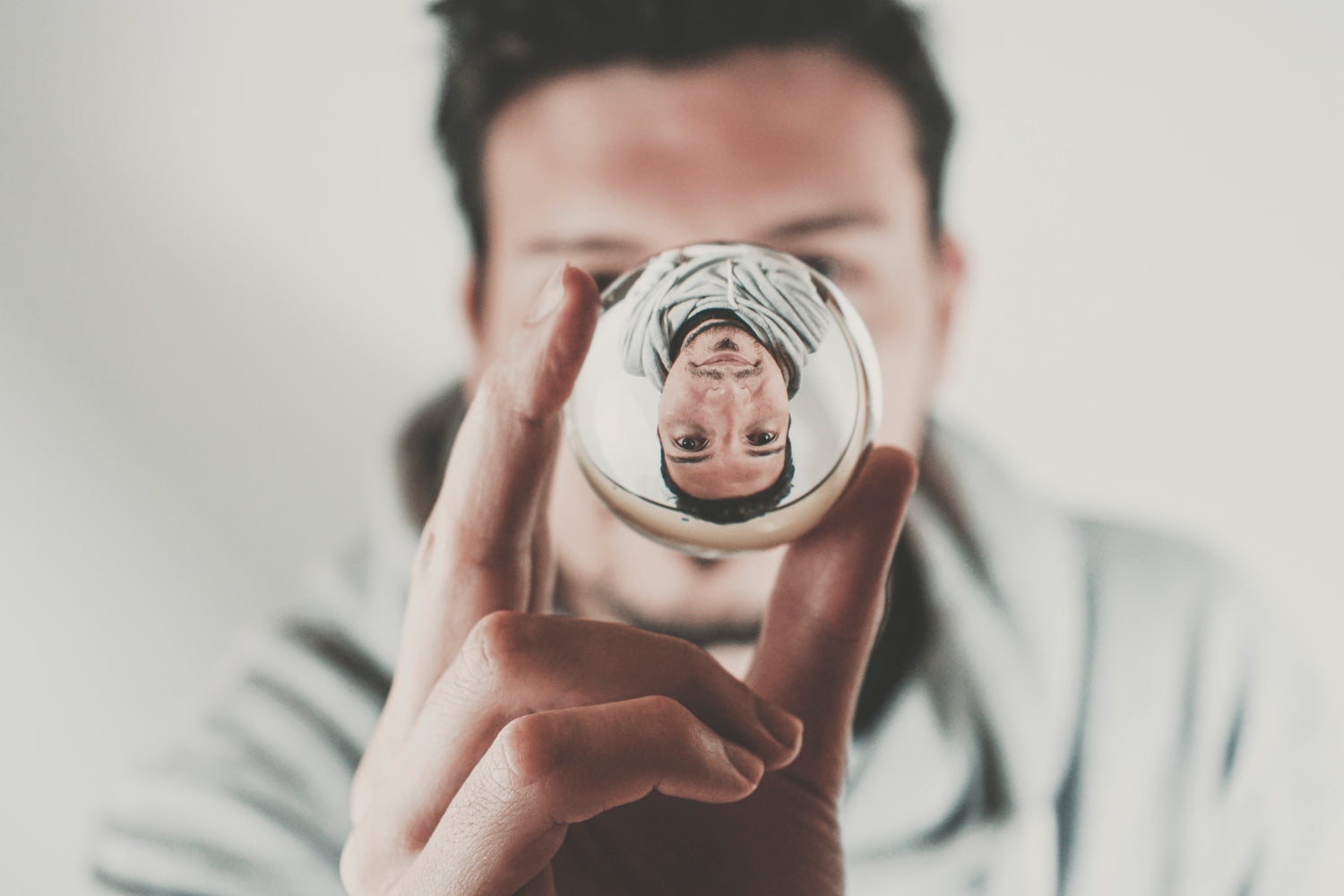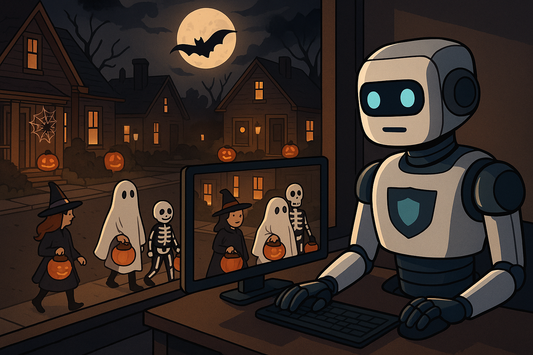The Evolution of Security Camera Systems
Traditional CCTV installation focused primarily on recording footage for post-incident analysis. Today's security camera systems demand real-time monitoring, intelligent threat detection, and automated response capabilities. Modern CCTV installation projects must incorporate AI-powered analytics that can differentiate between normal activities and potential security threats.
Security camera systems have evolved from simple recording devices to sophisticated monitoring platforms capable of facial recognition, behavioral analysis, and pattern detection. Professional CCTV installation now requires integration with broader integrated security solutions that combine video surveillance with access control, alarm monitoring, and emergency response systems.
The best CCTV installation projects today leverage platforms like ArcadianAI's Ranger, which watches every second across unlimited camera feeds, making split-second decisions and building long-term memory to spot patterns like frequent visitors versus employees. This level of intelligence transforms passive security camera systems into proactive protection platforms.













